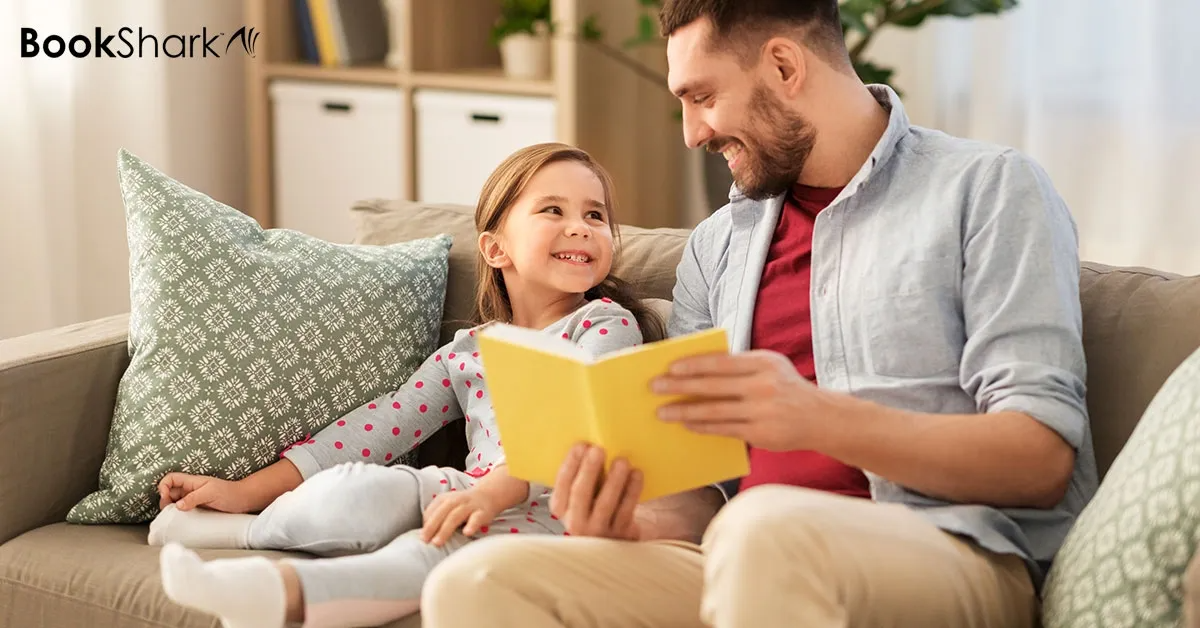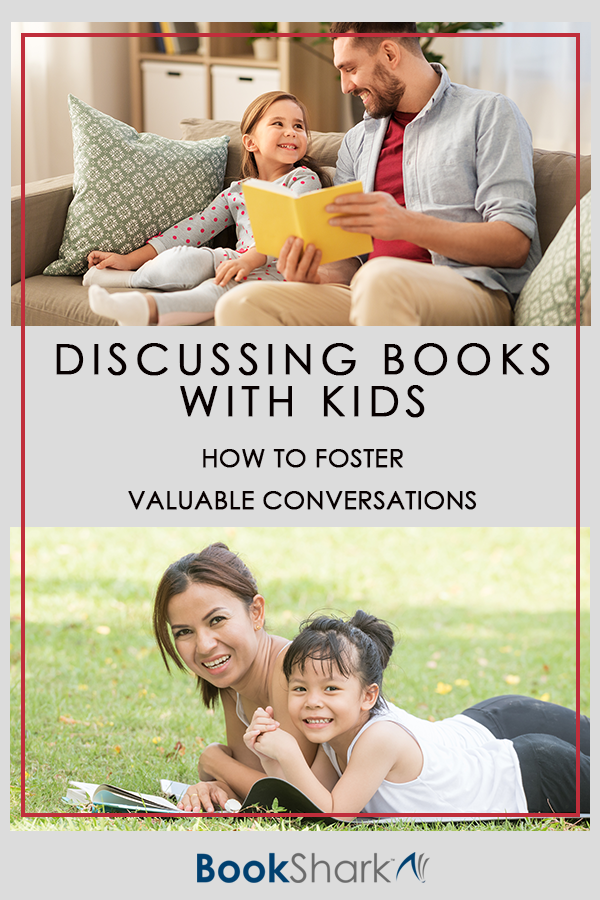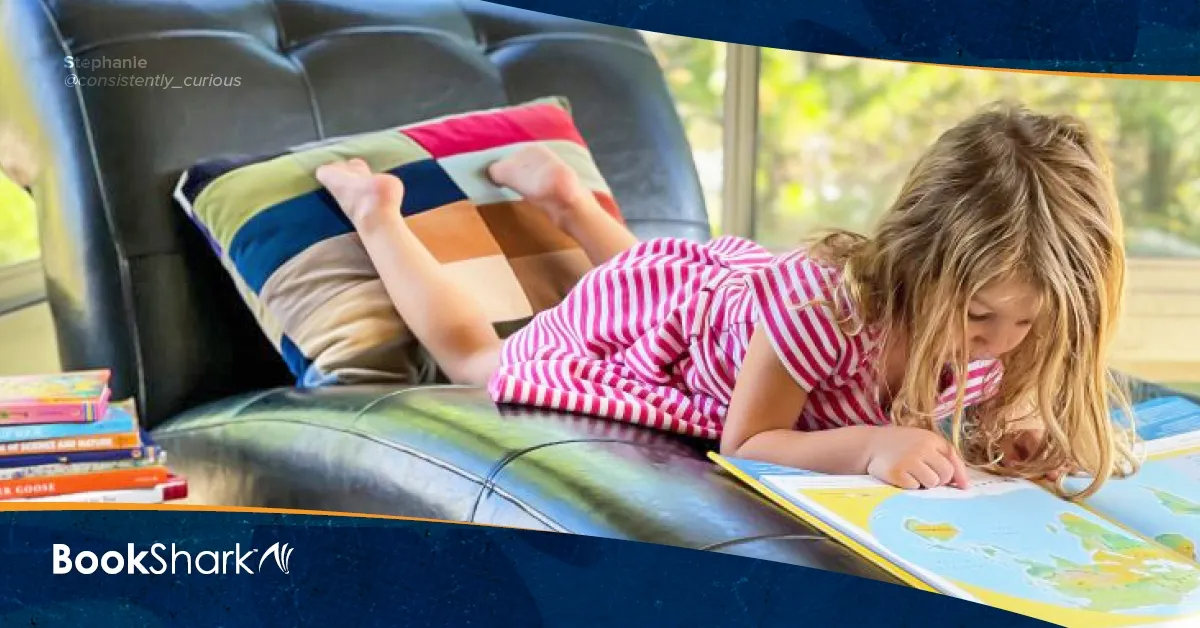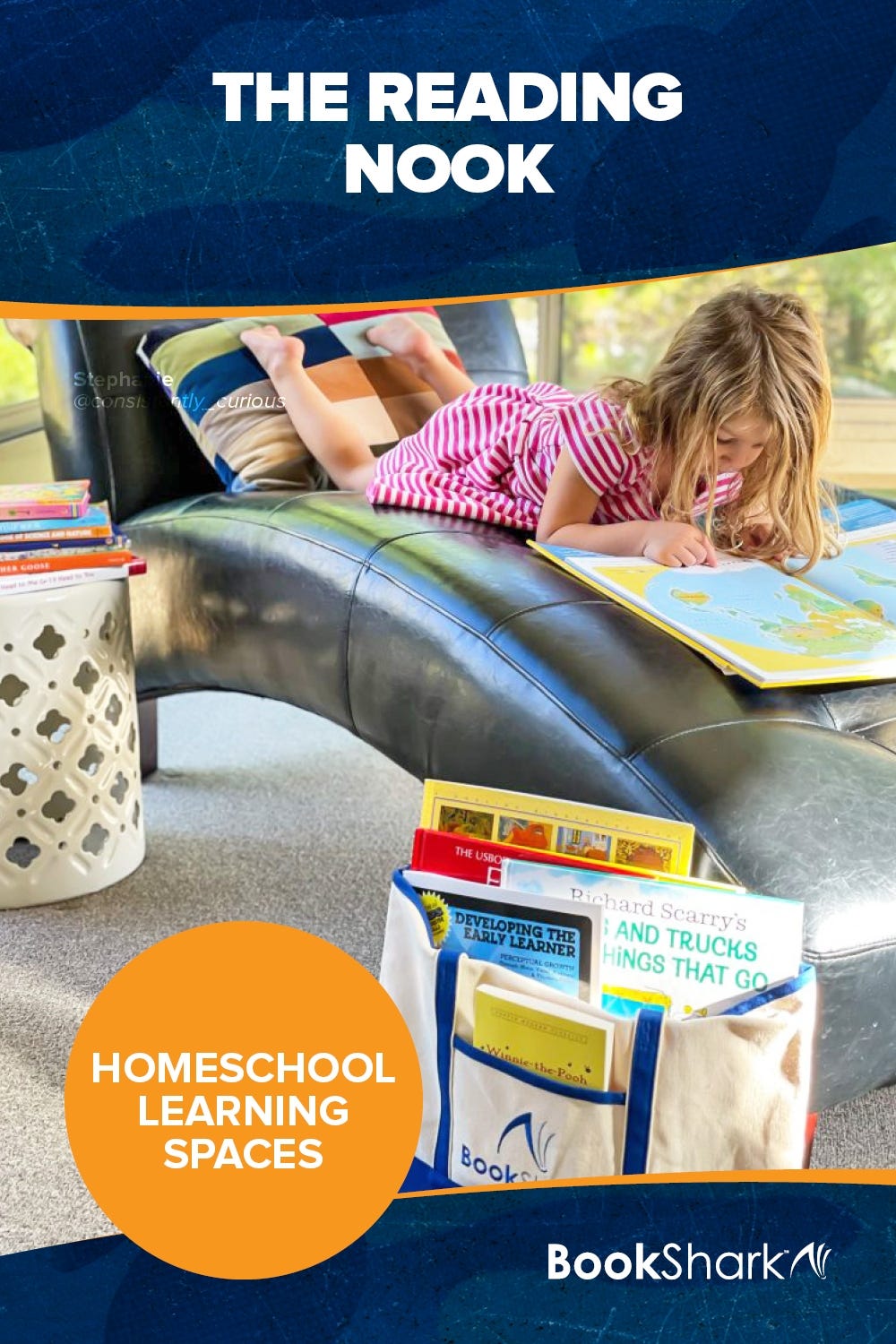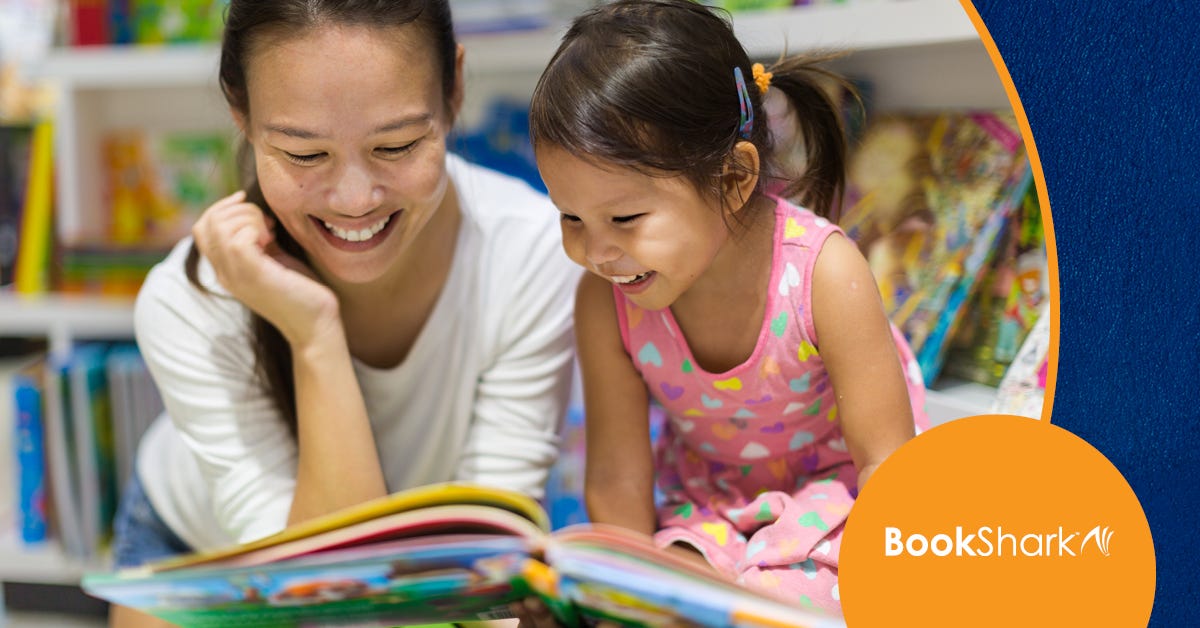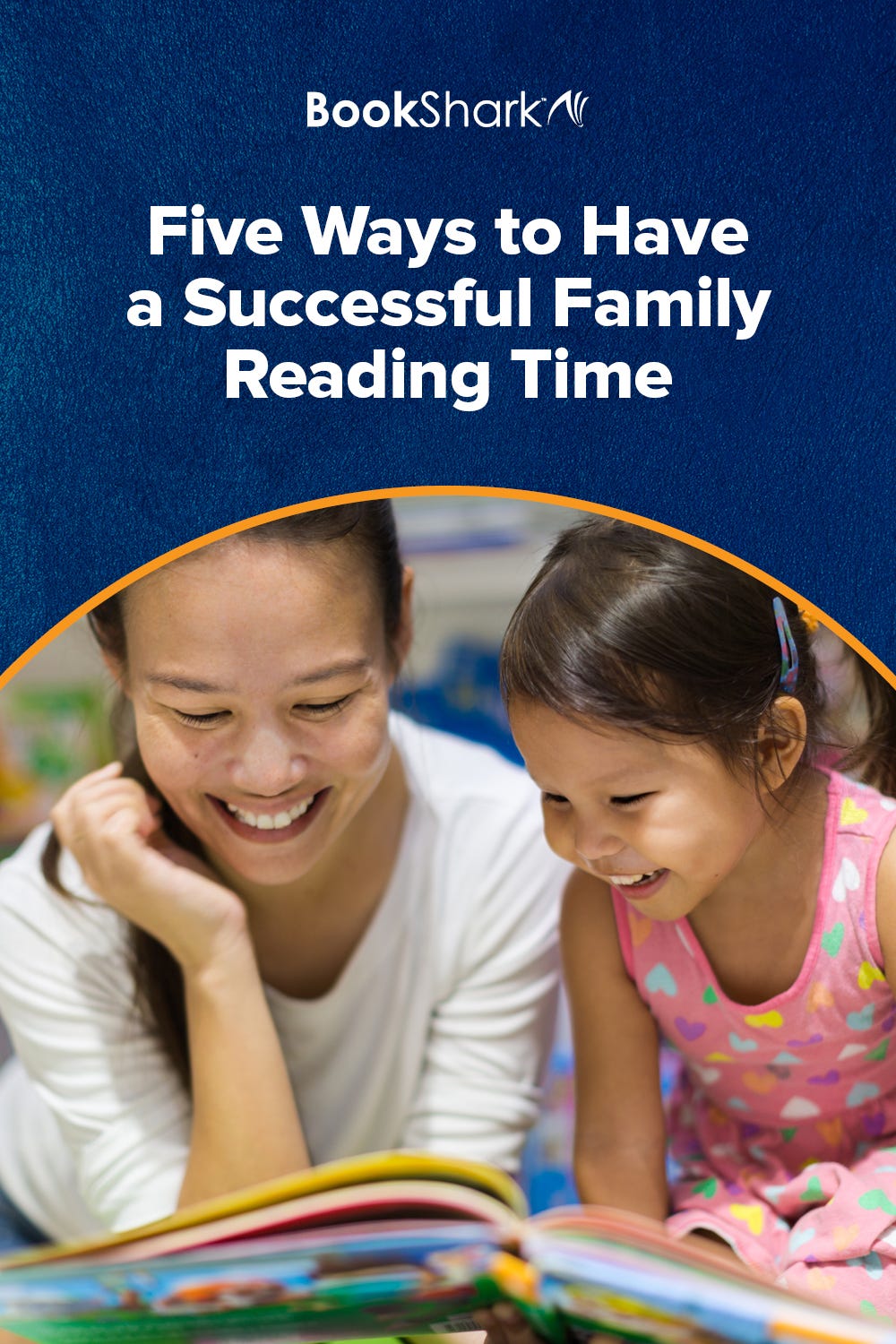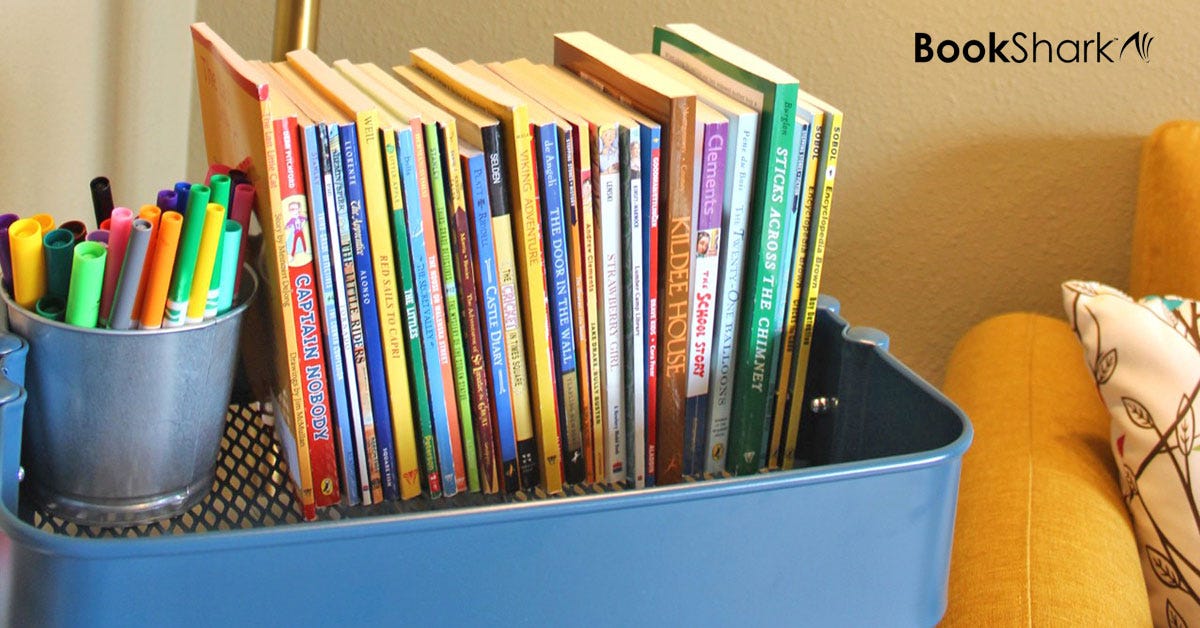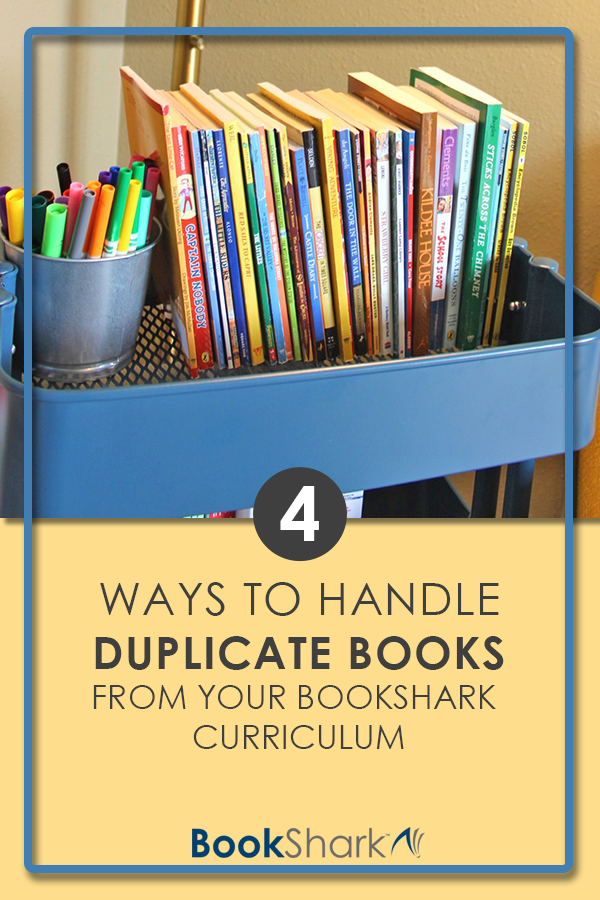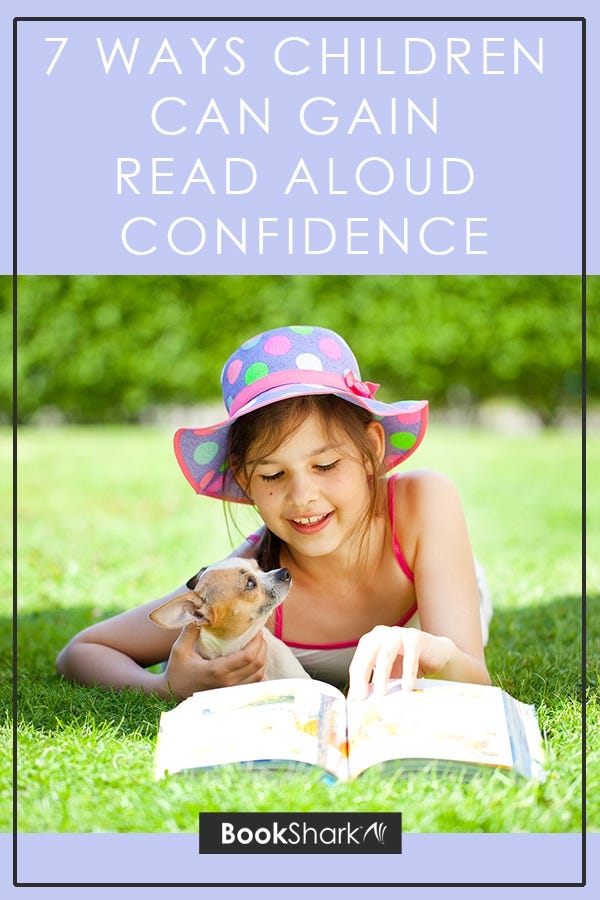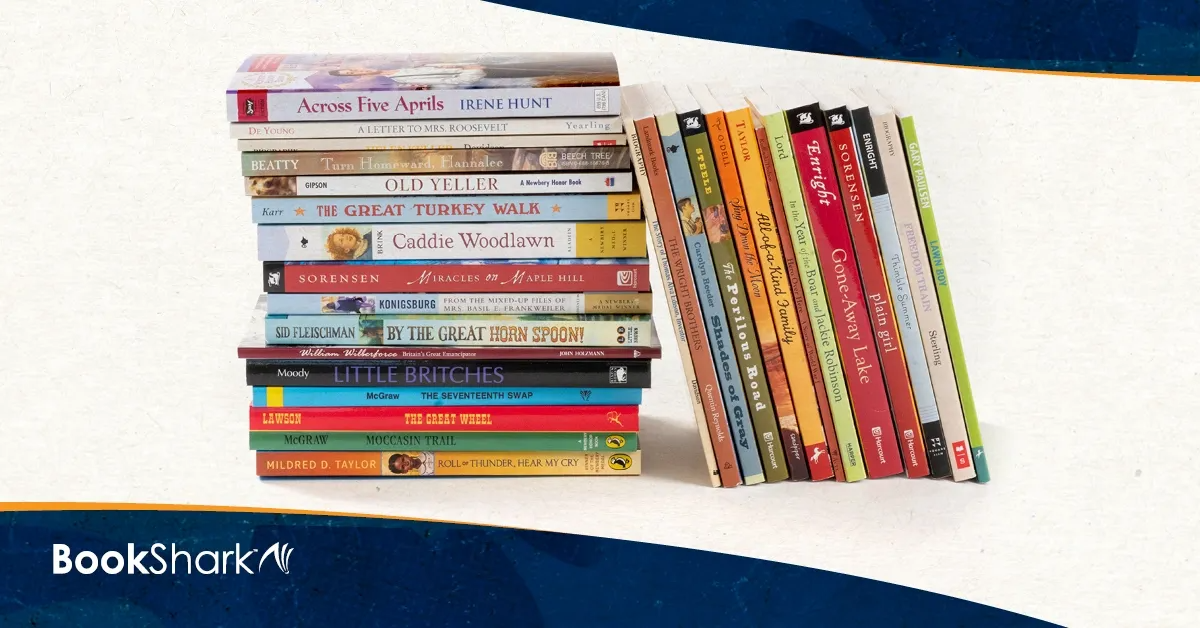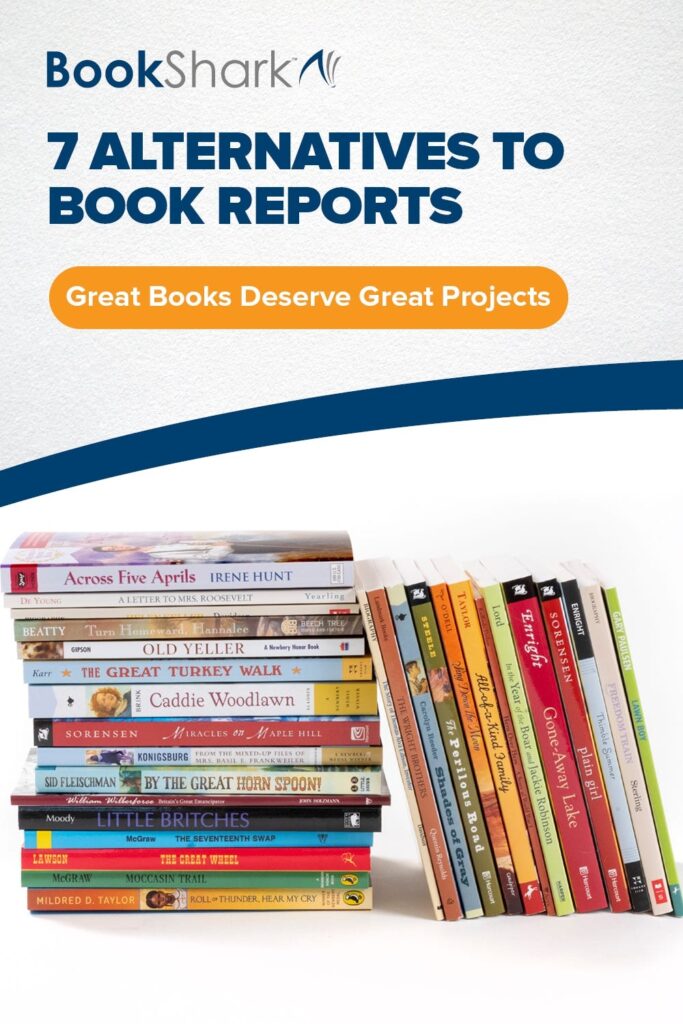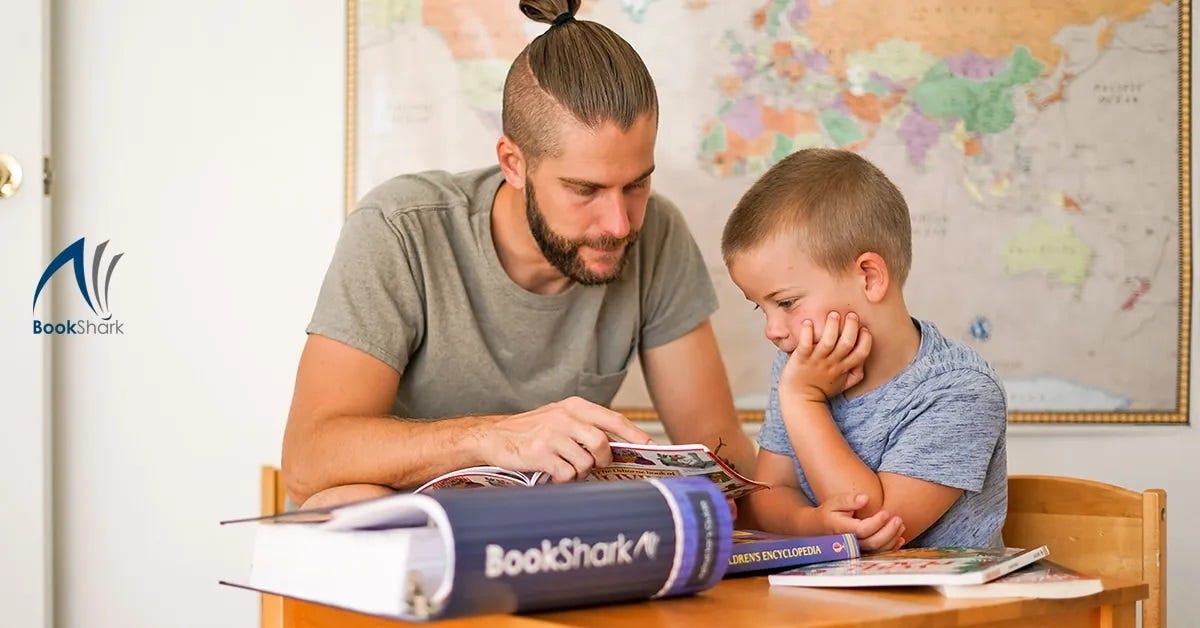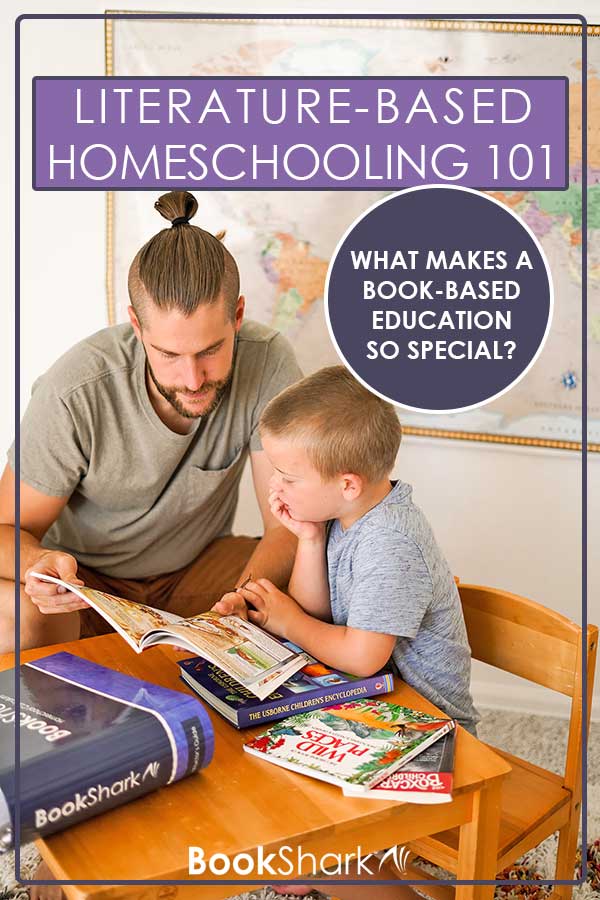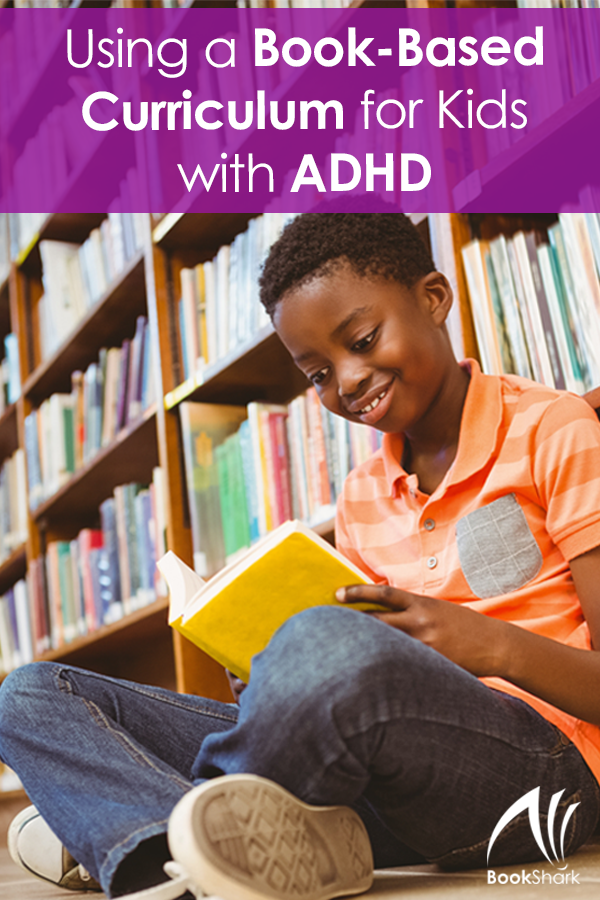This might sound crazy, but one of my biggest fears as a new mom was that my children wouldn’t like to read.
You see, I’m a bookworm of the highest order. I’m always reading something, actually several somethings. I have my upstairs book, my downstairs book, and my car book. I am a bibliophile.
I’m also an educator. Before homeschooling, I was a school psychologist. In that role I saw so many children who loathed reading. Some of those children had underlying disabilities that made reading challenging, others were pushed to read too soon and balked while others lacked exposure.
I wished that I could go back and change reading for every reluctant reader I met to help them fall in love with reading.
And that was one of my biggest wishes for my own children. Thankfully, they did fall in love with reading with the help of these ten methods I used to help them fall in love with reading.
Learning to read is a skill, and like all skills, it requires hard work and heaps of practice in order to become proficient.
In order for kids to want to put all that time and effort in, we need to provide them with oodles of positive early reading experiences. If reading is pleasurable, they are going to want to learn how to do it themselves.
1. Surround yourself with words
If you want your children to read, surround yourself with things to read! Here are some ideas:
- Access to a variety of reading materials, from books to newspapers to magazines
- Book baskets in every room
- When watching television, enable closed captioning
- Label items in your home, such as toy bins and dresser drawers
2. Read aloud every single day
Reading aloud is the best thing you can do for your child’s future reading success. By reading aloud to your child, you are building
- Vocabulary
- Background knowledge
- Reading fluency
- Pronunciation
- Listening skills
Make a promise to read at least one book aloud to your children every single day. If you find you are too tired by the end of the day, start your morning off with a read aloud. By reading a book at breakfast, you’ll be starting off the day on the right foot.
3. Visit the library or a local bookstore
Nothing gets kids more excited to read than a special trip to the library or local bookstore! When you are surrounded by so many fresh books, it is hard to be inspired.
4. Let your child select books
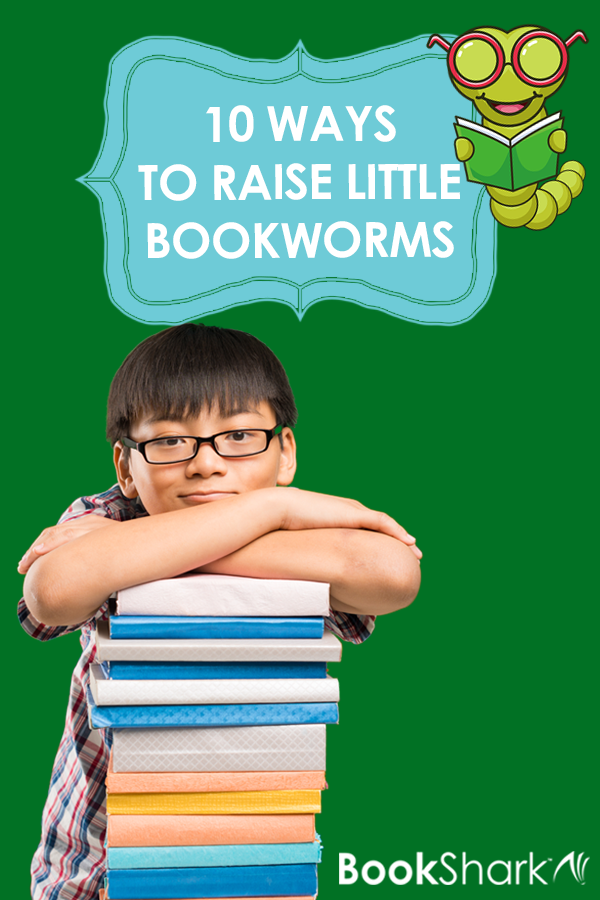
Sure, they may not choose the books that you would choose, but if you want your children to be passionate about reading, you have to let them discover what they love. In our family, each child has a library tote back. Each week, they check out as many books as they can carry from the children’s section.
5. Sprinkle in fantastic reads based on your child’s current passions
Children are always passionate about something. What is your child obsessed with at the moment? Guess what? There’s a book about that! Every week, while my children are busy filling their library totes, I select a few additional books based on their current passions. Then, when we get home, I leave them out in plain view. Without fail, they read the book.
6. Reread, even when you don’t want to
Sometimes one of my children will approach me with a book that I have read a gazillion times. Children learn through repetition, so do not get discouraged if you feel that you are reading and rereading the same books every day.
7. Make read aloud time something everyone looks forward to
By creating memorable read aloud moments, you are not only connecting to your children but you are also making reading a pleasurable experience for your child. When reading is fun, kids are going to want to do it! Here are some ideas to jumpstart your read alouds:
- Grab some blankets and snuggle up together with a good book
- Have a picnic and bring your favorite story
- Plan a related craft for after your read aloud
- Grab a flashlight and read in the dark
8. Don’t pressure your child to learn to read
Nowadays there is so much pressure to read early, but this pressure makes reading anything but fun. If reading is seen as a job, rather than a joy, children aren’t going to want to spend their time reading! Instead, focus on enjoying good books together.
9. Set aside quiet reading time each day
The importance of reading aloud cannot be overstated. Still, silent reading is important too. In our family, we have an hour of quiet time every afternoon. This time is usually spent reading. Even my littlest guy, who is not yet reading, will spend that time paging through his favorite books.
If you are homeschooling, choosing a literature-rich curriculum will ensure there’s time spent each day with great books.
10. Set an example
Do you know what I do during that afternoon quiet time? I read my book. Make sure your children see you reading. Children learn by watching you, so give them something to imitate!
By providing your child with positive reading memories, you will not only connect with each other, but you will be helping your child’s future reading and learning success!ns with our children. Draw out the topics they are interested in and can relate to, ask questions that spark opinions and more questions, and get excited about what will happen next. Your kids will follow suit and you’ll be digging in and having valuable discussions with them before you know it.

About the Author
Cait is a school psychologist, mom to three amazing children, and an unexpected homeschooler. She loves nature, good books, board games, strong coffee, and dancing in her kitchen. You can read about all of these things and more at My Little Poppies.


